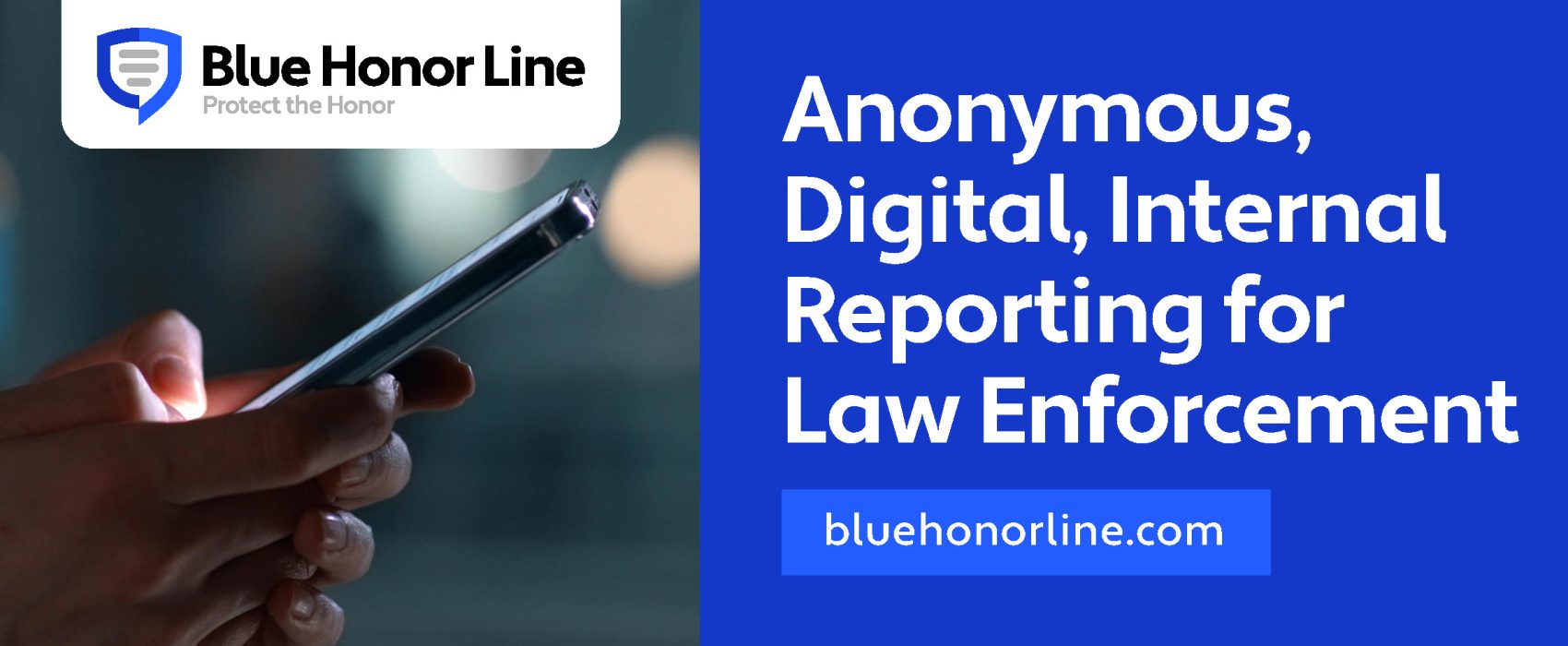
Research
Spring | 2025

Developing Buy-In for Police Early Intervention Systems: An Initial Exploration of What Works
Spring | 2025
The use of early intervention systems (EIS) in police organizations has been described as an effective risk management tool to identify and address potentially problematic behavior of police officers. Past research has focused on using early intervention systems to reduce bad outcomes (i.e. use of force, automobile accidents, civil litigation). However, to effectively implement programs within any organization, particularly in police departments, it is critical for officers buy-into the program and its purpose. Despite this, previous researchers have ignored how these systems are viewed and their impact on the officers they were implemented to help.
Early intervention systems are based on the concept that a large majority of negative interactions, such as uses of force, automobile accidents, citizen complaints, and civil litigations, are committed by a small number of the officers within a department. To identify and evaluate this, EIS’s typically have four components:
- Performance Indicators. The factors that are utilized to track officer behavior vary between departments. Common examples include uses of force, citizen complaints, high-speed pursuits, automobile accidents.
- Identification and Selection Criteria. Agencies use a wide array of measurements to activate an intervention ranging from numerical thresholds to comparisons with all officers in the department or their peer officers.
- Intervention(s). Once problematic behavior, as defined by the agency, is identified, a wide variety of interventions are used. These may vary from informal discussions or formal counseling with supervisors to being required to attend specialized training.
- Post-Intervention Monitoring. Follow-up processes are inconsistent across agencies as well. While some agencies do not track officers’ performance long-term, others may employ informal reviews with the supervisor or formal plans to track performance with status reports.
While the process is considered as being non-disciplinary, it is perceived otherwise by the officers. One study revealed that 21% of agencies’ early intervention systems were operated out of the internal affairs division. Also, the five most used performance indicators ‘citizen complaints, non-lethal force, internal complaints, vehicle damage/accidents, and internal investigations’ are all linked to disciplinary processes. The problem is magnified when these indicators do not necessarily support a policy violation. As a result, officers view they are being treated unfairly and disengage when they should take action.
An alternative approach for early intervention systems is to use them ‘for officer-well being rather than a tool for accountability’. To accomplish this, agencies expand the performance factors to include “sick days, substance abuse indicators, and overtime”.
For any system to be successful there must be buy-in throughout the department as being a fair, legitimate initiative. To evaluate officers’ perception of their early intervention system, researchers used survey data from 535 respondents in five departments.
They found when officers were ‘familiar with the EIS and view it as a tool for wellness rather than a disciplinary tool’ they were more likely to accept and buy-in to the program. In addition, when officers viewed the EIS as a disciplinary function as compared to a wellness-program, they were less likely to buy-in to the program.
In closing, researchers noted that when agency leaders do not know how to best achieve participation from its officers and employees, they cannot efficiently maximize the program’s benefits. They recommend agencies take a data-informed approach to build an effective policy, training, and operating employee intervention system. To support this, they recommended modifying policy and supervisor training to emphasize the wellness benefits and avoid suggesting the program is utilized for punitive measures. In addition, they recommend officers be provided regular refresher training on the system, its benefits, and how to access them.
Thomas Christoff and Bejamin Carleton, “Buy-In for Police Early Intervention Systems: An Initial Exploration of What Works”, Journal of Criminal Justice, 92, (2024), pp. 1 – 8.

Benjamin Carleton

Thomas Christoff




















